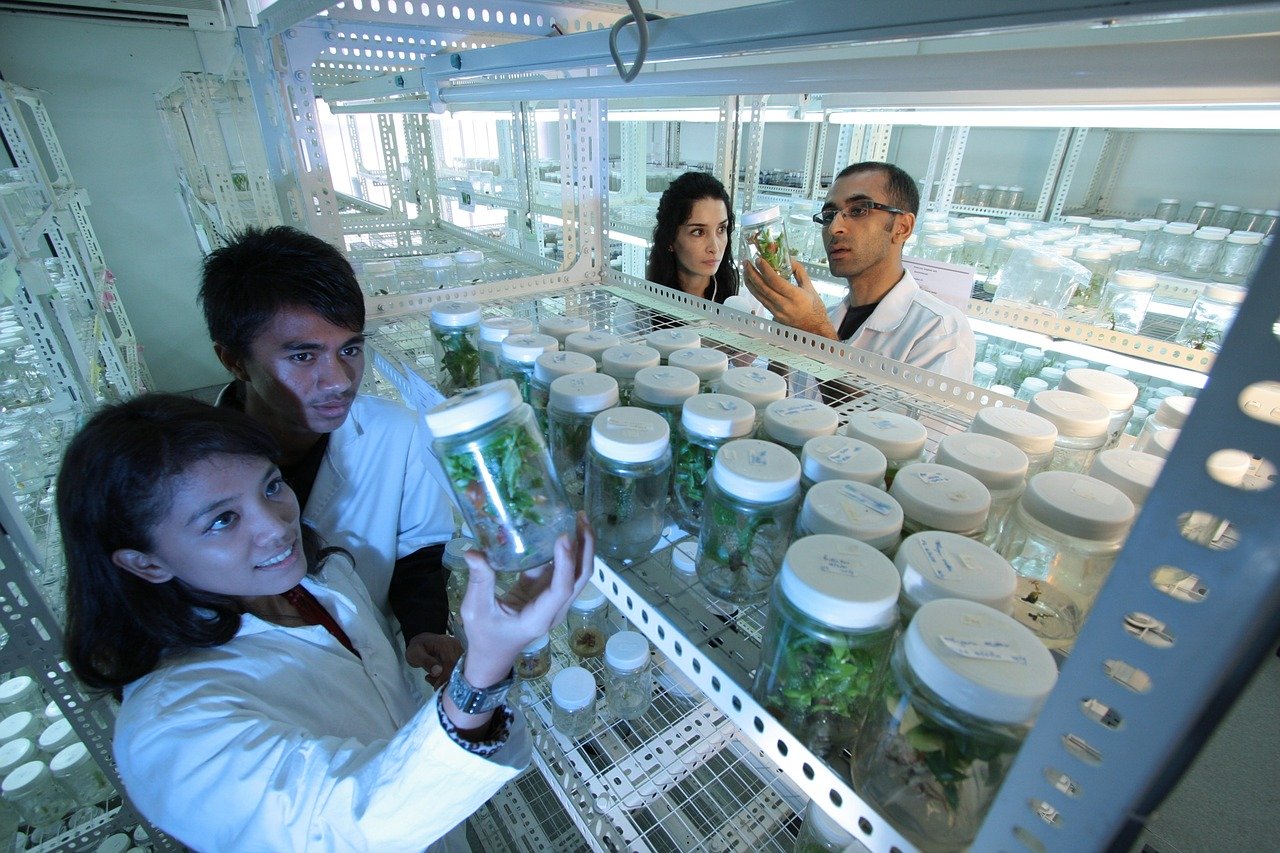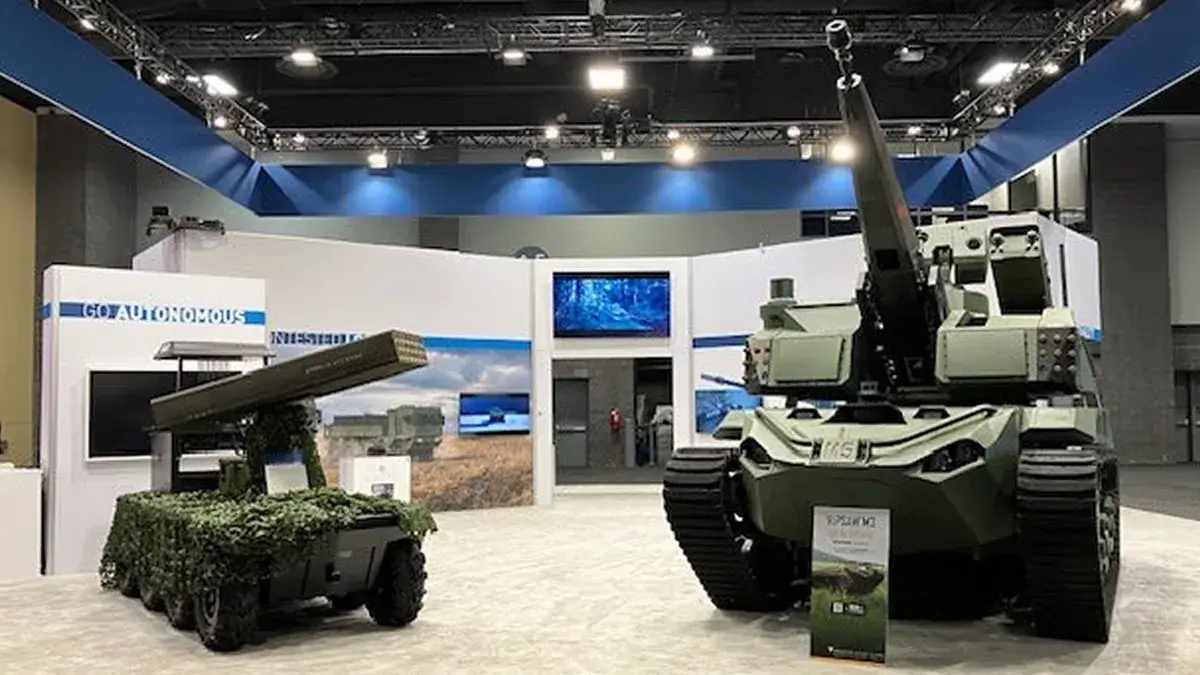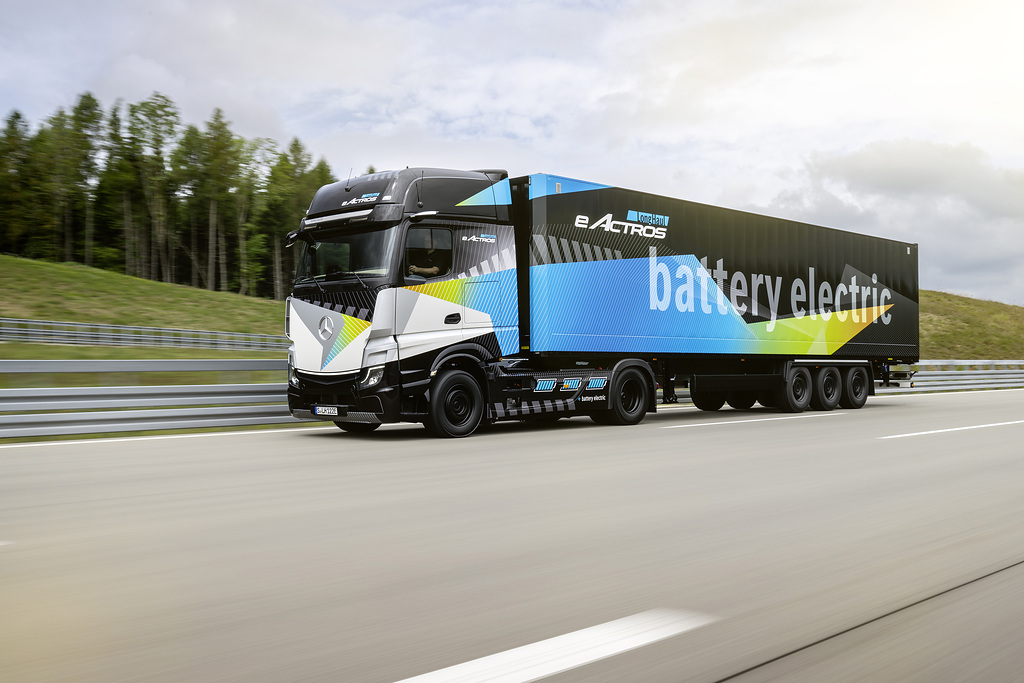The world population is skyrocketing. Climate change is negatively affecting the sustainability of human-based agricultural processes. This has forced experts to seek new ways to produce food. For instance, cells can be cultured for the production of natural products in the lab.
With modern technology, cellular agriculture companies can now produce food protein and compounds. Even more, these companies have scaled operations to produce enzymes for applications in commercial and industrial settings. Here’s what you need to know regarding fermentation, including fermentation equipment, impellers, and cellular agriculture.
Cellular Agriculture Challenges
Cellular agriculture plays a key role when it comes to fermentation process development. However, most companies face huge channels when executing cellular agriculture. To help you tackle these challenges amicably.
Here are common challenges facing cellular agriculture in fermentation process planning:
Cell Line Selection
As a fermentation process planning Development Company, you need to optimize your cell line to achieve genetic stability, ease the process of culturing, improve flavor, and optimize on texture.
Cell Culture Media
It’s important to note that a good number of cultured meat relies on animal serum. Thus, a fermentation company should strive to migrate to a chemically defined medium capable of achieving higher densities when it comes to cells and repeatable, tabulated results.
Scaffolding
Another big challenge when it comes to cellular agriculture is scaffolding. Of course, it’s easy and simple to use a monolayer to grow cells. However, it’s challenging to grow cells mimicking muscle or animal tissues. That’s why the process requires different scaffolding materials as far as growing cultured meat is concerned.
Bioreactors
Bioreactors are used to grow cell types. However, the problem is in growing different types of cells (i.e. Mammalia or microbial). That’s why highly specific and personalized fermenters and bioreactors. As a fermentation process development company, you require bioreactors, which allows developing different processes in addition to scaling up your operations for large scale production.
Consumer Reception
Products that are grown in the lab tend to have some resistance among the consumers. However, modern consumers are beginning to appreciate these products provided that they are affordable and high quality. Thus, it’s important to make your products cost-effective and quality. Use the right methods to manufacture your goods. For instance, if you are fermenting food, stick to the highest possible safety standards. Use the right equipment. Ensure that you maintain high standards of hygiene. Ensure that your products are approved by relevant bodies.
How to Purchase the Right Impellers
When it comes to growing microbes and animal cells for fermentation process development, nothing takes center stage quite like stirred tank reactors. That’s why you should choose the right equipment for this critical process. You need a reactor that suits your company’s explicit needs. Getting it wrong can lead to making chop suey of the filamentous fungi. On the other hand, the right impeller will increase your yields when it comes to fussy mammalian cultures.
There are numerous designs on the market today. This makes it difficult for new buyers to get the right impeller for their various production needs. That is why we hope this guide will help you in you decision making process. Among other things, you will learn their working principles and how to choose a unit that can carry out the best culturing functions for your business.
The Effects of Blade Orientation on Mixing
First things first: What is the effect of blade orientation on mixing? It’s important to note that they are explicitly designed to make it easy to homogenously mix cells, nutrients, as well as gases in the cultural vessel. According to experts, the mixing action is designed to achieve even distribution of the oxygen gases as well as nutrients. This makes it possible for the impeller to grow healthy. Note that, these products will settle on the bottom, which plays a key role in achieving uniform culture-based temperature. According to microbiologists, mixing is usually carried out based on a radial, axial flow, or a blend of the two glow options.
Now that you have navigated the temporary corner of how impellers work, let’s dive deep into the top 3 impeller options on the market:
1. Gentle Marine-Blade Based Impellers
In most cases, marine-blade impellers are either flat or concave. Plus, they have convex sides. This design is meant to produce an axial flow. Just like their pitched blade counterparts, marine-based blade impellers are ideal for those applications that require gentle mixing without damaging the cells. The KLA of these impellers is slightly lower as compared to those of the axial or radial mixing.
2. Spin Filters
Spin filters, which are considered to be retention devices, are designed to keep cells in culture vessels for either continuous or perfusion based culture. In spin filters, the units come with a screened gage which surrounds the impeller shift. The rotating cage has a dip tube featuring culture broth. The unit comes with an external media tube (located outside of the cage) that offers steady fresh nutrients.
The mixing in these filters is gentle. That’s why spin filters work well with microcarrier-dependent cell-based lines. Additionally, these filters can work well with shear sensitive cell lines. This makes these machines ideal in when it comes to producing proteins. Remember, these mechanisms tend to keep things that are harvested cell-free, a reason why the purification process in down streaming is highly simplified.
3. Packed-Bed Basket Based Impellers
The packed bed based basket impellers models is another scientific design that can manufacture secreted products from suspension cultures. This model can also be used to manufacture anchored-dependent cultures. This bucket comes with 2 horizontally posited metal screens, extending to the bioreactor vessel.
Fermenting Equipment
Fermentation equipment can be made from different materials. In most cases, most fermentation machines are made from plastic, glass, and stainless steel. Here is a breakdown regarding these three materials.
1. Plastic
Durable, versatile, and effective, plastic is a commonly used material in making fermentation equipment. As a versatile material for fermentation equipment, plastic is inexpensive and can be used to produce affordable fermenting buckets. This material is ideal in making fermentation equipment for initial processes. However, it cannot be relied upon when it comes to long term storage. If you want long term storage options, invest in stainless steel buckets.
It’s also important to note that plastic is made up of high-density polyethylene, which is unsafe. This is because HDPE can leach unwanted materials into your ferment.
2. Glass
Inert and durable, glass can be used to make buckets for fermentation and even storage. They came with cider benefits, making them ideal for storing ferment for long. So, if your fermentation process involves the storage of products for long before they can become products, think glass.
3. Stainless Steel
Another material commonly used in fermentation vessels is stainless steel. Resistant to rust, stainless steel is also durable and sturdy. However, it’s expensive.
How to Choose the Right Impeller
Impellers are important components in industrial fermentation. They help store the ferment. That’s why you should get it right with the impeller you purchase. Here are a few expert tips to take into consideration when purchasing an impeller for your industrial fermentation needs.
Needs
Consider your needs. Evaluate the amount of ferment you will be fermenting per day. Choose an impeller that can handle the amount you want to ferment each day. For instance, if you are scaling up operations, you might have to ditch smaller impellers for large ones. Even more, large impellers are more efficient when it comes to production. So, be sure to choose an impeller with the right capacity for your industrial fermentation needs. If you are new, you can ask an expert to guide you.
Reviews
Before purchasing any impeller, be sure to read online reviews. Go to the company that sells the impeller. Read about past customer reviews. If that brand has excessive negative reviews, stay away from it.
Referrals
Ask industry experts to give you reviews. For instance, you can ask someone who already owns a fermentation plan to give you referrals. This will ensure that you get the right impeller for your industrial fermentation needs.
Research
Research is important. First, you should understand what an impeller is. Second, know how it works. Third, familiarize yourself with the beneficial features of a good impeller. Research is important.
Durability and Brand
An impeller should last for years. It should serve you at least 10 years. So, be sure to get an impeller that can serve you for long. Ask for a warranty from your manufacturer. Also, be sure to purchase your unit from a reputable brand.
The Bottom-Line
Cellular agriculture is not new. Similarly, food fermentation has been around for years. However, experts are now beginning to turn to these technologies to produce products for the increasing population. Remember, the sustainability of agricultural practices is being threatened. This makes these two technologies important. The above represents all you need to know regarding fermentation equipment, impellers, and cellular agriculture.







